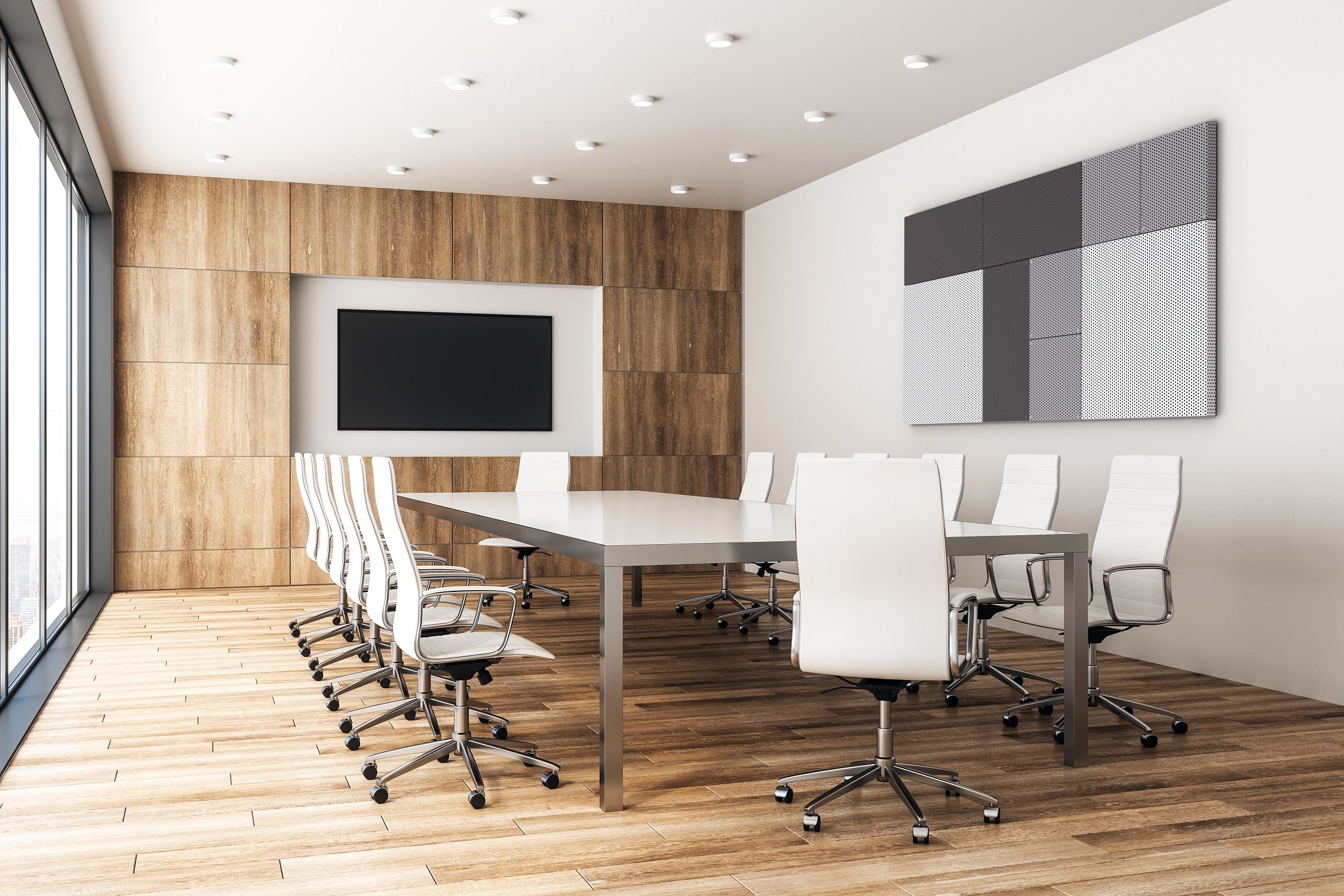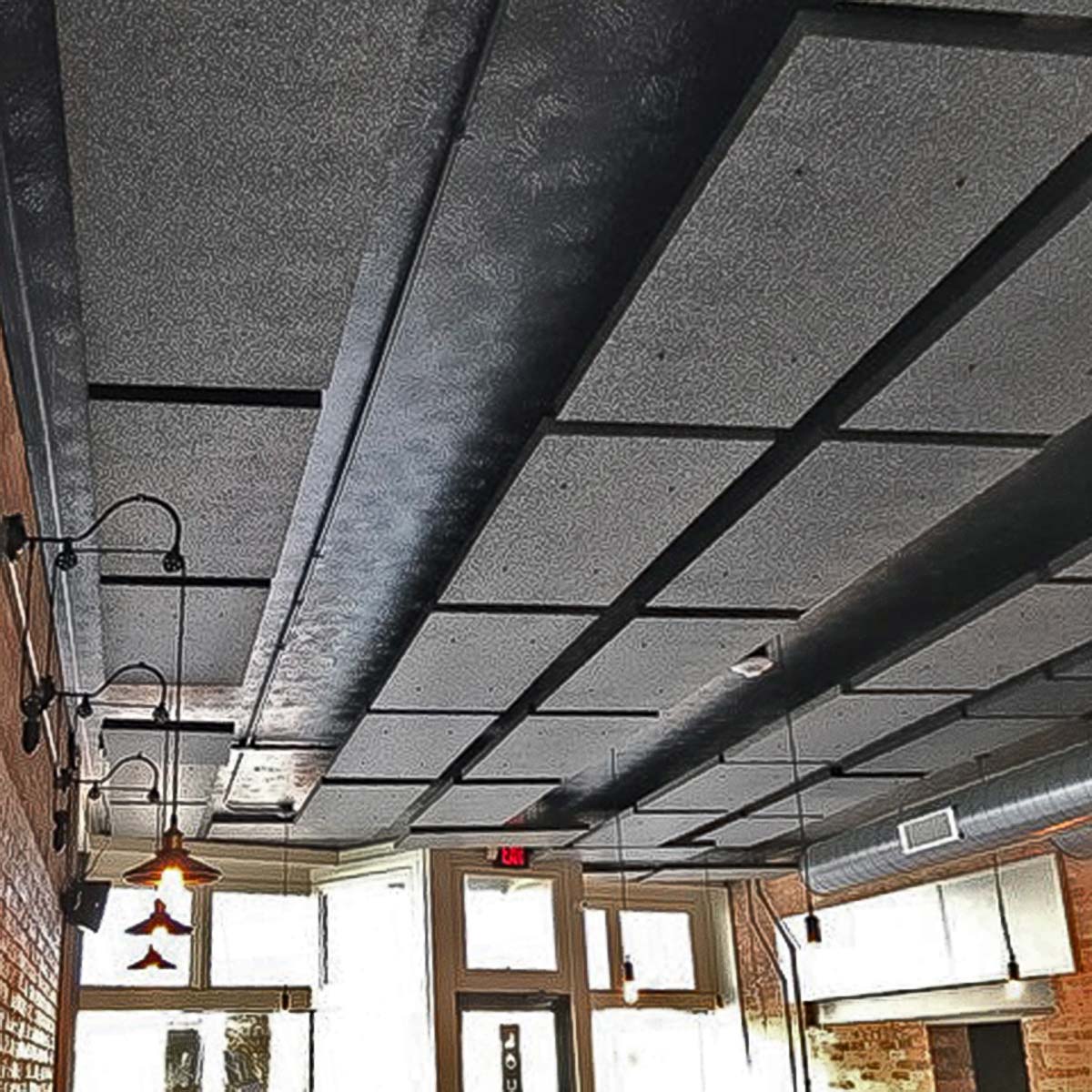Boost Your Area: Acoustic Solutions for Improved Noise Quality
Boost Your Area: Acoustic Solutions for Improved Noise Quality
Blog Article
Achieve Perfect Consistency in your house With Effective Soundproofing Approaches for Ideal Acoustics
Soundproofing plays a vital function in achieving optimal acoustics, influencing the means we experience and interact with our living spaces. By understanding the principles of soundproofing, determining sources of noise disruptions, choosing ideal products, and using tried and tested strategies, you can transform your home right into a sanctuary of peace where noise boosts rather than interferes with.

Understanding Soundproofing Fundamentals
What are the essential concepts that underlie efficient soundproofing strategies? Soundproofing is rooted in the understanding of exactly how acoustic waves traveling and communicate with different materials. The secret to successful soundproofing exists in interfering with or absorbing these acoustic waves to minimize their transmission from one area to an additional. This can be achieved via different approaches, such as adding mass to wall surfaces, floorings, and ceilings, securing gaps and splits to protect against sound leakage, and utilizing sound-absorbing materials like acoustic panels or carpetings (acoustic solutions).
Understanding the principle of audio transmission class (STC) scores is vital in choosing the ideal materials for soundproofing. The STC rating gauges how well a product can reduce airborne sound transmission with it, with higher STC rankings suggesting better soundproofing abilities. Additionally, thinking about the impact of influence insulation class (IIC) scores for minimizing effect sound, such as footsteps or furnishings moving, can further improve the efficiency of soundproofing solutions.
Evaluating Noise Sources in your house
Building upon the foundational understanding of soundproofing principles, an important step in reliable sound reduction within your home involves determining and assessing the various resources of unwanted sound. Sound sources can be classified right into two major kinds: airborne sound, that includes sounds like conversations, songs, and television, and impact sound, such as steps or things being dropped. To examine these resources, think about the various rooms in your house and the activities that generally occur in each. As an example, the living room might have much more airborne sound from home entertainment systems, while impact noise from footsteps might be a worry in locations with hard floor covering like corridors or kitchens.
In addition, think about outside resources of noise, such as traffic, next-door neighbors, or close-by building and construction, which can also influence the acoustics within your home. acoustic solutions. Recognizing these resources will help you prioritize areas for soundproofing and pick one of the most efficient solutions. By determining the particular sound sources in your house, you can customize your soundproofing initiatives to accomplish ideal outcomes and produce a much more serene and unified living environment
Choosing the Right Soundproofing Materials
When picking soundproofing materials for your home, it is vital to prioritize efficiency and compatibility with your details sound worries. Consider factors such as the type of noise you are attempting to obstruct, the degree of soundproofing needed, and the aesthetic appeals of the products to ensure they mix perfectly into your space.
One common product for soundproofing is acoustic foam. One more option is mass-loaded plastic, which is efficient in blocking out low-frequency noises like web traffic or equipment audios.
Drapes and rugs made from sound-absorbing materials are also effective in wetting noise, specifically in areas with tough surfaces that create noise to jump around. Remember, the key to effective soundproofing is picking the right products that resolve your specific noise concerns while boosting the general convenience and acoustics of your home.
Carrying Out Soundproofing Strategies
To successfully execute soundproofing techniques in your house, it is crucial to start by assessing the locations that are most at risk click here now to noise infiltration. Common sources of noise can consist of outside noises from web traffic, next-door neighbors, or neighboring construction, along with interior resources like home appliances, plumbing, and entertainment systems. When you have identified these locations, you can Get More Information start applying soundproofing options tailored to each particular room.

For more significant sound reduction, consider mounting soundproof drywall, double-glazed windows, or resilient networks to separate vibrations. Furthermore, reorganizing furnishings, adding bookshelves, or integrating sound-absorbing materials can further boost the acoustics of a room. By purposefully carrying out these soundproofing techniques, you can create a quieter and even more serene living atmosphere in your house.
Preserving and Improving Acoustic Atmosphere
After applying soundproofing strategies to attend to noise infiltration in your home, the focus shifts in the direction of preserving and boosting the acoustic atmosphere to ensure a consistently tranquil home. To preserve ideal acoustics, consistently examine soundproofing products for wear and tear, guaranteeing they stay reliable in blocking unwanted sound. Keep windows and doors correctly sealed to prevent sound leakage and consider adding weather removing or door sweeps for additional soundproofing.
Improving the acoustic setting can entail calculated placement of furnishings, carpets, and drapes to wet sound representations and mirrors. Making use of sound-absorbing materials such as acoustic panels or foam can better improve the general audio top quality in your home. acoustic solutions. Additionally, integrating soft furnishings like paddings and coverings can help in reducing noise echo, producing a more pleasurable acoustic experience
In addition, buying sound-absorbing decoration components like shelfs, tapestries, or plants can add to a balanced acoustic atmosphere. Consistently decluttering your room can additionally protect against sound waves from jumping off surfaces, inevitably boosting the overall acoustics of your home. By regularly maintaining and boosting your acoustic setting, you can develop a harmonious and serene space on your own and your household.
Conclusion
In final thought, achieving best consistency browse around these guys in your house via effective soundproofing approaches is crucial for optimum acoustics. By comprehending soundproofing basics, assessing noise sources, choosing the ideal materials, applying methods, and keeping the acoustic setting, you can produce a serene and enjoyable living room cost-free from undesirable sound disruptions. Prioritizing soundproofing initiatives can substantially improve the total quality of life in your house.
Report this page